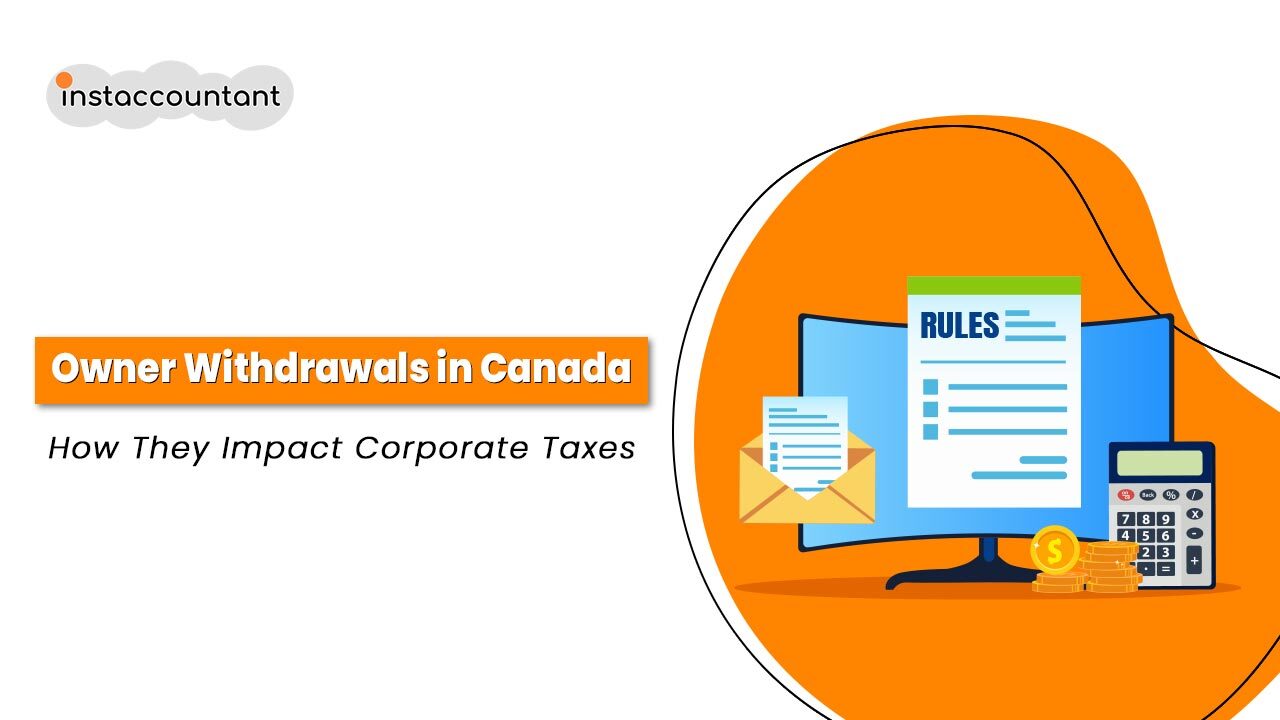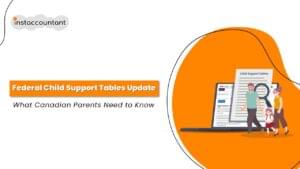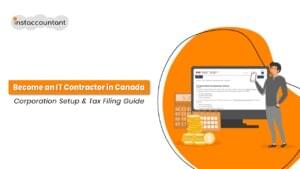Let’s look at the common ways to take money out of your corporation, along with the key tax things to think about for each:
1. Repayment of Capital:
If the funds you’re withdrawing matches your initial investment in the corporation (often referred to as “Paid-Up Capital” or PUC), you might not have to pay taxes on it. Think of it as simply getting back your original stake.
- Documentation is Key: Make sure that you have solid documentation, like records of the initial share issuance and shareholder agreements, to clearly prove that the withdrawal you are taking from the corporation is actually a return of your original invested capital. It is important to also maintain a clear ledger of PUC account balances and and how much you’ve paid back.
What Our Experts Say: The Paid-Up Capital goes beyond just the share capital contribution that was initially made. It can be adjusted in various ways under the Income Tax Act as shares are issued or redeemed. So, keeping an accurate record of PUC and any changes is really important.
Strategic Note: Even though you don’t have to pay taxes on PUC repayments, large withdrawals of PUC might raise eyebrows if it is not followed by proper documentation, especially if the corporation has a lot of retained earnings.
2. Shareholder Loans
It might seem like an easy solution to take a loan from your corporation to help with your personal cash flow needs, but the CRA isn‘t very lenient with shareholder loans under Section 15(2) of the Income Tax Act.
- The Golden Rule: Repayment Deadline: In most cases, a shareholder loan must be repaid in full by the end of the taxation year after the loan is made. For example, if a corporation ends their year on December 31, if the loan was made to the shareholder on November 15, 2024, the loan must be paid within the year of December 31, 2025.
- Tax Consequences of Non-Repayment: If you miss that repayment deadline, the amount you owe gets added to your personal income for the year you withdrew the funds, and you’ll be taxed at your full marginal tax rate. This could lead to a hefty and unexpected tax bill.
- Deemed Interest: Even if you do manage to pay back the loan on time, the CRA will still hit you with deemed interest if the loan was interest-free or had an interest rate lower than the prescribed rate. This deemed interest gets tacked onto your personal income and taxed as well.
- Penalties and Interest for Late Reporting: Even if you eventually repay the loan, the CRA can still impose penalties and interest if you didn’t report the loan correctly in the year you took it out.
What Our Experts Say: There are specific exceptions to the rules on shareholder loans (like loans for buying a principal residence or shares of the corporation under certain conditions). But be careful, these exceptions come with their own strict requirements and documentation. Don’t just assume you qualify without getting some expert advice.
Strategic Note: While shareholder loans can sometimes be necessary, it’s crucial to approach them with caution and have a solid repayment plan in place. It’s wise to explore other options first to steer clear of any potential tax headaches.
3. Salary or Wages
Taking a salary or wages from your corporation is a pretty standard way to pay yourself for the work you do. This approach is a deductible expense for the corporation, which helps lower its taxable income. However, keep in mind that the salary you receive is taxed as personal income.
- Payroll Taxes (CPP & EI): When you pay yourself a salary, it comes with payroll tax responsibilities, including contributions to the Canada Pension Plan (CPP) and Employment Insurance (EI) premiums. Both you, as the employee, and your corporation, as the employer, need to chip in, which can add to the overall cost.
- Reasonableness of Salary: If you’re paying family members through your corporation, the CRA will take a closer look to see if those salaries are “reasonable” for the work being done. If the salaries seem unreasonably high, they could be challenged and disallowed as a corporate deduction.
- Timely Remittance: It’s crucial to calculate, deduct, and remit payroll taxes to the CRA on time to to avoid penalties and interest.
What Our Experts Say: Figuring out the right salary level is all about finding a balance between your personal income needs and optimizing corporate taxes. You’ll want to consider factors like your personal tax bracket, corporate tax rates, and whether you have other income sources.
Strategic Note: The drawback of salary is that it generates taxable income accordingly. However, the benefit is that it contributes to your RRSP contribution room.
4. Dividends
Dividends are a popular way for companies to share their profits with shareholders. Unlike salaries, dividends can’t be deducted by the corporation, but they do enjoy a lower tax rate for shareholders compared to regular salary income. This is because the profits have already been taxed at the corporate level.
- No CPP or EI: Since dividends are paid after tax, there are no CPP or EI contributions on dividends. This make them a more budget-friendly choice than salaries in some situations.
- Alignment with Retained Earnings: It’s important to note that dividends payments should come from the corporation’s retained earnings (the profits that have been accumulated). If the corporation does not maintain sufficient retained earnings, then there are consequences to taxation of the dividend.
- Proper Declaration: Dividends must be properly declared through a formal corporate resolution, documented in the corporate minute book.
- Dividend Types: There are different categories of dividends (eligible and non–eligible), each taxed at different rates. Tax planning will take into consideration the differences in dividend types.
What Our Experts Say: Choosing between salary and dividends is a key aspect of tax strategy for business owners with incorporated entities. Factors such as personal and corporate tax rates, cash flow requirements, and future income expectations are crucial in figuring out the best balance.
Strategic Note: Keep in mind that dividends do not create room for RRSP contributions.
Why This Minute of Thought Matters
Transferring money from your corporation might seem like a straightforward task, but it actually requires some careful consideration. The tax implications of how you categorize that withdrawal (i.e., salary, dividends or a loan) can significantly affect both your corporate tax obligations and your personal income tax liability. If you misclassify it, you could end up facing:
- Unexpected Tax Bills: You may end up with a higher personal income tax bill than expected.
- CRA Penalties and Interest: If you report incorrectly or don’t follow the CRA rules, you could incur some hefty penalties and interest charges.
- Corporate Tax Issues: Making improper withdrawals can also lead to complications with your corporation’s tax compliance.
That simple transfer of funds from your corporation to your personal account may seemingly be a neutral act with no implications, it is not considered that way in your case, or the CRA. How you determine, how to categorize or consider that withdrawal can significantly affect your tax liabilities, both personal and corporate.
Next Time, Take a Moment To Ask Yourself
- What is the most tax-efficient way to withdraw these funds, given my current personal and corporate tax situation?
- What documentation do I need to back up this type of withdrawal?
- Am I meeting the rules and deadlines the CRA has related to this type of transfer?
If your situation is anything more than a simple repayment of capital, it’s absolutely essential to consult with your tax advisor. They can provide personalized guidance based on your specific circumstances, help you interpret these rules which can be complicated and hopefully help you make informed decisions to keep your corporation compliant and surprise tax–free! Don’t let a “quick transfer” turn into a long-term tax headache.
Frequently Asked Questions (FAQs)
1. Is it okay to transfer money from my corporation to my personal account?
Absolutely! Just make sure you classify the transfer correctly as a salary, dividend, loan, or return of capital. Each option has its own tax implications and reporting requirements. If you misclassify it, you could end up facing extra taxes, penalties, or interest.
2. Do I have to pay tax on money I transfer from my business to myself?
Generally speaking, yes. Unless you’re repaying paid-up capital, any money you take out of your corporation is usually taxable as salary, dividend, or a deemed benefit from a shareholder loan.
3. What happens if I don’t repay a shareholder loan on time?
If you don’t pay back the loan by the end of the next tax year, it gets added to your personal income and taxed at your marginal rate. Plus, the CRA might hit you with interest and penalties.
4. Which is better: paying myself a salary or a dividend?
It really depends on your personal situation. A salary is a deductible expense for the corporation and helps build your RRSP contribution room, but it also means you’ll need to contribute to CPP and possibly EI. On the other hand, dividends are taxed at a lower rate and don’t require payroll deductions, but they aren’t deductible for the corporation.
5. How do I prove a withdrawal is a return of capital?
You’ll need to have proper documentation that shows the original amount you invested in the corporation (Paid-Up Capital), along with accurate financial records and corporate resolutions that confirm the return of capital.
6. Can I take money out of my corporation tax-free?
Yes, but only in specific situations like repaying paid-up capital. Most withdrawals, such as salary, dividends, or loans, will have tax implications. It’s always a good idea to consult a tax advisor before making any decisions.
7. Will CRA audit me for transferring money from my corporation?
Not automatically, but if you frequently make large personal transfers without proper documentation, it could raise some eyebrows. Keeping clear records and classifying your withdrawals correctly can help reduce the risk of an audit.




